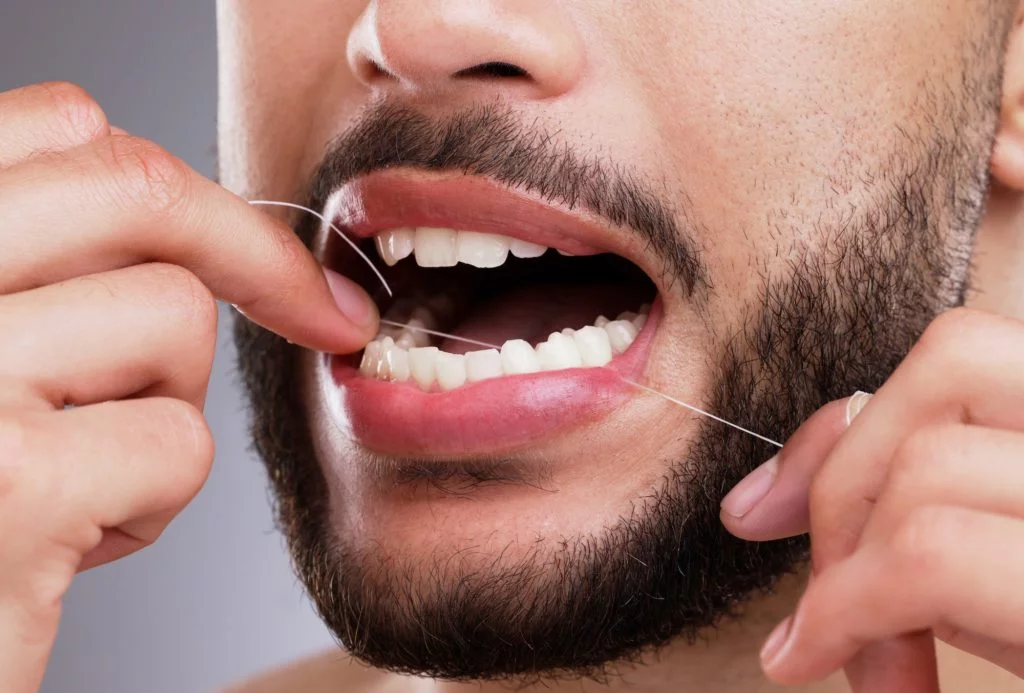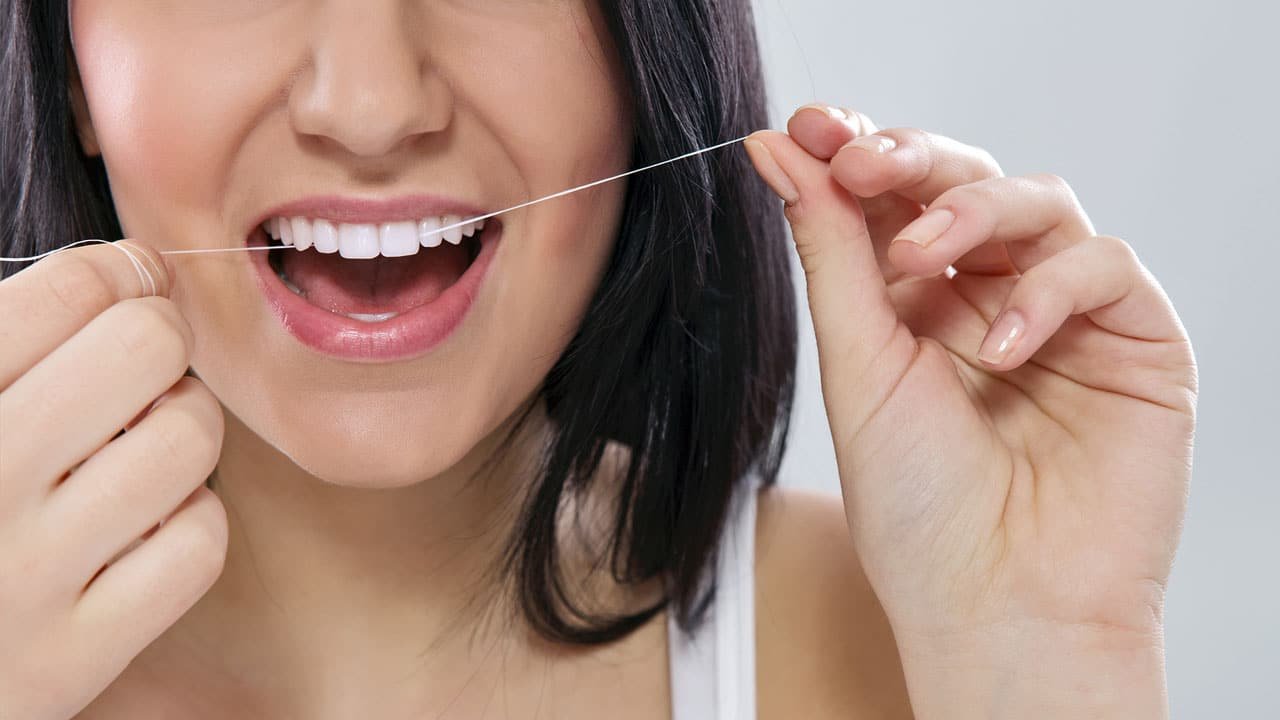Best Practices for Flossing and Brushing
Practices for flossing and brushing are essential for maintaining good oral health. Proper dental care not only keeps your teeth clean but also prevents gum disease and cavities. In this article, we’ll share effective techniques and tips that can help you improve your dental hygiene routine. By following these best practices, you can enjoy a healthier smile and fresher breath.
Understanding the Importance of Dental Hygiene
Before we get into the specific practices for flossing and brushing, let’s discuss why dental hygiene matters. Brushing and flossing remove plaque, a sticky film of bacteria that forms on your teeth. If plaque is not removed, it can harden into tartar, leading to gum disease and tooth decay. Regular brushing and flossing are key components of effective oral care.

1. Choose the Right Toothbrush
One of the first steps in practices for flossing and brushing is selecting the right toothbrush. Look for a toothbrush with soft bristles to avoid damaging your gums. The size of the brush head should fit comfortably in your mouth, allowing you to reach all areas of your teeth easily. Electric toothbrushes can also be beneficial as they may clean your teeth more effectively than manual brushes.
2. Use Fluoride Toothpaste
Using fluoride toothpaste is another crucial aspect of effective dental care. Fluoride helps strengthen tooth enamel and protects against cavities. When choosing a toothpaste, make sure it contains fluoride and is approved by dental associations. This small step can significantly enhance your oral health.
3. Brush Twice a Day
Brushing your teeth at least twice a day is a fundamental practice for maintaining oral hygiene. Make it a habit to brush in the morning and before bedtime. Use a gentle circular motion to clean the surfaces of your teeth for about two minutes. Don’t rush this process; take your time to ensure you cover all areas, including the front, back, and chewing surfaces of your teeth.
4. Floss Daily
Flossing is just as important as brushing for keeping your mouth healthy. It removes food particles and plaque from between your teeth, where your toothbrush can’t reach. Make it a point to floss at least once a day. Take about 18 inches of floss, wrap it around your fingers, and gently slide it between your teeth. Use a clean section of floss for each tooth to avoid redistributing bacteria.
5. Use the Proper Flossing Technique
To maximize the effectiveness of your flossing, use the correct technique. Gently curve the floss around each tooth in a C-shape and slide it beneath the gum line. Be careful not to snap the floss, as this can hurt your gums. The goal is to clean both sides of each tooth and remove any debris trapped between them.
6. Don’t Forget Your Tongue
When thinking about practices for flossing and brushing, many people overlook their tongue. Your tongue can harbor bacteria that cause bad breath. After brushing your teeth, use your toothbrush or a tongue scraper to clean your tongue. This will help keep your mouth fresh and free of odor.
7. Rinse with Mouthwash
Incorporating mouthwash into your routine can enhance your oral hygiene. Choose an antibacterial mouthwash that helps reduce plaque and kill bacteria. Rinse for 30 seconds after brushing and flossing to help eliminate any remaining debris. Mouthwash can also provide an extra layer of protection against bad breath.
8. Maintain a Healthy Diet
Your diet plays a significant role in your oral health. Foods high in sugar can contribute to plaque buildup and cavities. To support your dental care, opt for a balanced diet rich in fruits, vegetables, whole grains, and lean proteins. Foods like apples and carrots can help clean your teeth naturally.
9. Regular Dental Check-ups
Regular visits to the dentist are essential for maintaining your oral health. Schedule check-ups every six months to allow your dentist to catch any potential problems early. Professional cleanings will help remove tartar that brushing and flossing may miss. Your dentist can also provide personalized advice on practices for flossing and brushing.
10. Be Consistent
Consistency is key when it comes to practices for flossing and brushing. Make oral hygiene a part of your daily routine. Set reminders if necessary, and try to stick to the same brushing and flossing schedule every day. The more consistent you are, the healthier your teeth and gums will be.
Conclusion
In summary, adopting effective practices for flossing and brushing is crucial for maintaining good oral health. By choosing the right tools, using proper techniques, and being consistent in your routine, you can ensure that your mouth stays clean and healthy. Remember to visit your dentist regularly for check-ups and professional cleanings. With these tips, you will be on your way to a brighter, healthier smile!



